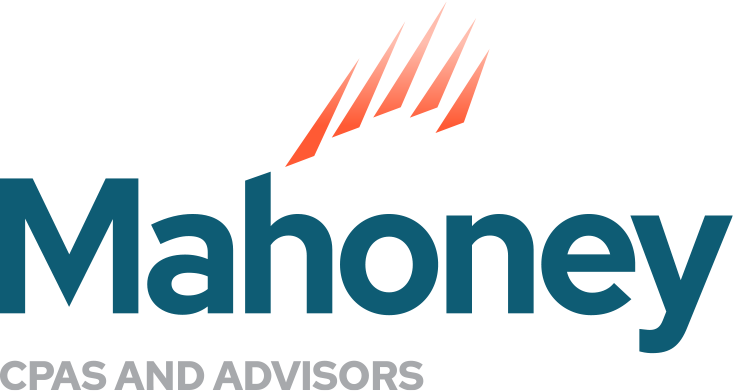
Can Too Much Cash Be a Problem?
Positive cash flow can be a strong indicator of the financial health of an organization. It’s good to have cash on hand, but can too much cash be a risk to your organization? Read below to gain an understanding of two common risks associated with the cash position of your organization and ways to mitigate those risks.
Risks of Excess Cash
When it comes to cash, many people think the more, the better. However, that is not always the case. Having too much cash on hand can uncover areas of limitation. Stagnant cash may create a loss of a potential gain from other alternatives and impede potential growth and expansion of the entity, if the cash is not being held for a specific purpose.
Having more cash on hand than needed for an entity can also expose the organization’s vulnerability to loss of cash. Many banks are insured by the Federal Deposit Insurance Corporation (FDIC,) which insures an organization’s cash up to $250,000 at the financial institution. Cash balances that exceed a financial institution insured limits open the organization up to a risk of potential loss. If the bank where your cash is held lost all their cash and was unable to provide the funds you had deposited due to unforeseen circumstances, the FDIC would cover only $250,000 at that financial institution.
Mitigating Risks
There are multiple paths your organizations can take to help mitigate the risks of excess cash. To help with mitigating stagnant cash, an organization may evaluate their cash position and propose possible spending options. This is where your tax consultant comes in. The organization may also use their excess cash to explore new service lines, hire new employees, or invest it to help with business growth.
To help mitigate the risk of potential loss of cash, investing or holding cash in separate financial institutions can help diversify the organization’s cash portfolio and increase the cash balance insured. Another option for diversification is to put cash in an IntraFi Network Deposits account (IND,) formerly called an insured cash sweep. An IND is managed by a single financial institution and works with other financial institutions in the network by allocating your cash portfolio across multiple financial institutions. The funds are monitored to ensure the cash balance at each financial institution does not exceed the insured limit, resulting in no financial vulnerability to your organization. An IND is also appealing as you only have to interact with one institution.
Examples
- Organization A holds its cash in two separate accounts at Bank B. The total cash Organization A holds at Bank B is $350,000, which consists of $150,000 in checking and $200,000 in savings. Due to unforeseen circumstances, Bank B is going out of business and unable to provide its customers their funds. Organization A will lose $100,000 as the FDIC insurance will only cover $250,000, since the two accounts fall under the same portfolio at the financial institution.
- Organization B holds its cash in two separate accounts at Bank B. The total cash Organization B holds at Bank B is $350,000, which comprise of $150,000 in checking and $200,000 in an IND.
Due to unforeseen circumstances, Bank B is going out of business and unable to provide its customers their funds. Organization A will have all its funds covered as the checking account balance is under the insured limit and the funds in the insured cash sweep account are held at other member IND financial institutions.
Takeaways
The next time you or your tax consultant reviews the financial position of your organization, consider taking the time to evaluate the concentration of credit risk for cash within your organization. Using the excess cash on growth opportunities or diversifying your cash portfolio can set your organization up for future success.
For additional considerations please reach out to Sam Broman, CPA or contact our Assurance Services Team at Mahoney to be of help to you in any way.
ADDRESS
10 River Park Plaza, Suite 800
Saint Paul, MN 55107
(651) 227.6695
Fax: (651) 227.9796
info@mahoneycpa.com
© 2024 Mahoney | Privacy Policy
Mahoney Ulbrich Christiansen & Russ, PA



